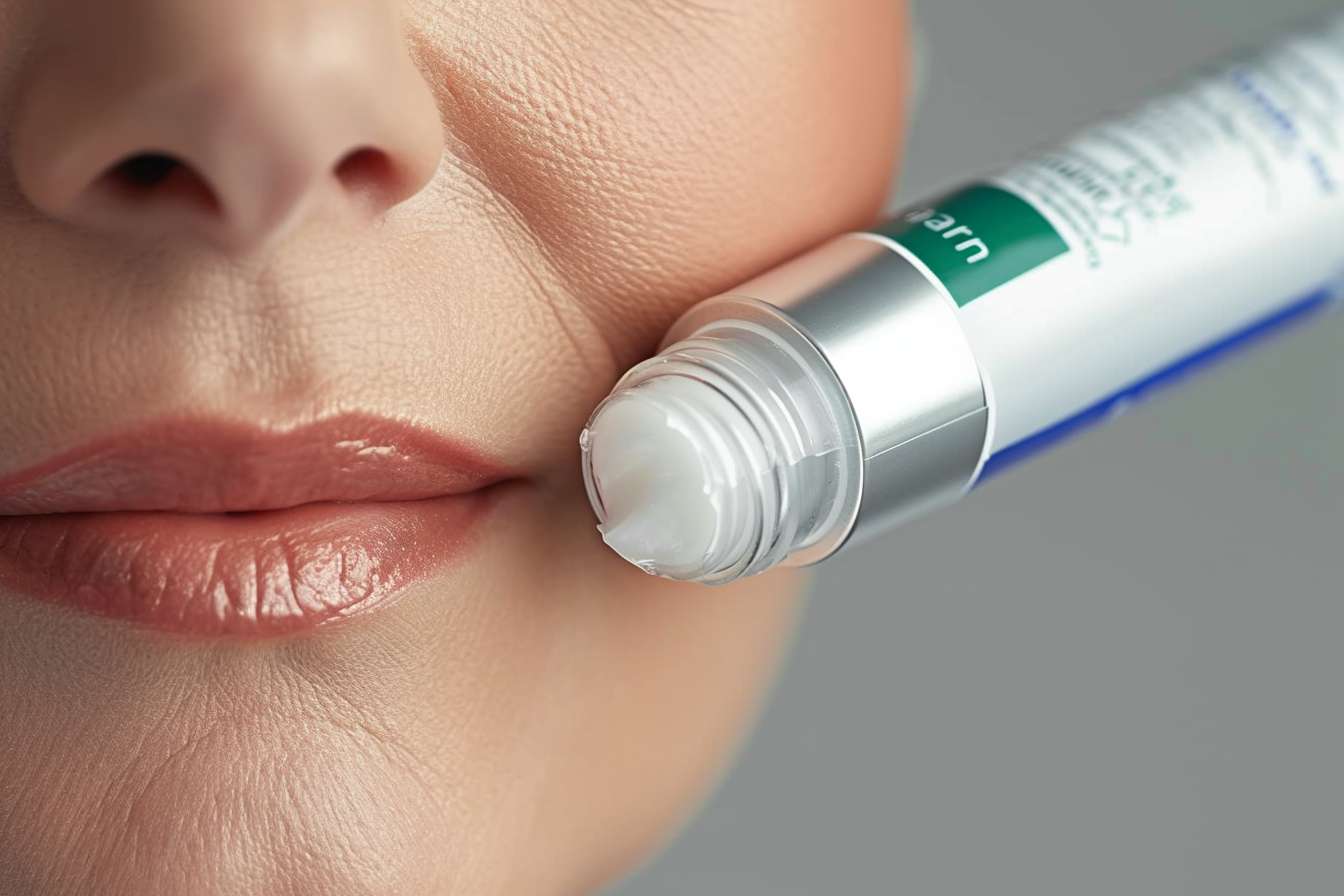Patch test and safety steps before trying a topical depilatory
Topical depilatories can deliver surface-level hair removal and temporary smoothness without shaving. Before using any depilatory widely, perform a careful patch test and follow safety steps to reduce irritation, allergic reactions, and uneven results.

Topical depilatory creams work by breaking down the protein structure of hair at the skin’s surface to allow hair to be wiped away, offering temporary smoothness without a razor. Because depilatory formulas rely on active chemicals, they can cause irritation, allergic reactions, or unexpected sensitivity, especially on delicate skin. Conduct a structured patch test and follow aftercare steps to assess compatibility with your skin and reduce the risk of adverse effects. Apply only to intact skin, follow the product timing precisely, and observe the area for up to 48 hours before treating larger areas.
This article is for informational purposes only and should not be considered medical advice. Please consult a qualified healthcare professional for personalized guidance and treatment.
Depilatory depilation: how topical creams work
Depilatory products use active agents that chemically break down keratin in hair strands so that the hair can be wiped off. Because removal occurs at the hair surface rather than the root, regrowth typically appears sooner than with waxing or epilation but can be smoother than shaving for some users. Understanding the chemistry and expected outcome helps set realistic expectations and explains why some formulations add soothing or moisturization ingredients to reduce dryness and irritation.
Patch testing and safety for sensitive skin
A proper patch test targets a small area of skin similar to the area you plan to treat—common sites include the inner forearm or behind the knee. Apply a pea-sized amount, wait the full recommended contact time, then remove and rinse. Monitor the site for immediate reactions (stinging, burning, redness) and delayed responses up to 48 hours. If you experience significant itching, swelling, blistering, or prolonged redness, discontinue use and consult a dermatologist. Never test on broken, inflamed, or sunburned skin, and avoid mucous membranes.
Skincare prep: exfoliation and moisturization
Gentle exfoliation a day or two before depilation can remove dead skin cells and help the product work more evenly, but avoid aggressive scrubbing immediately before application. Over-exfoliation can increase sensitivity. After hair removal, apply a fragrance-free, soothing moisturizer to support barrier repair and reduce irritation. Look for products that offer light moisturization without heavy fragrances or potential irritants. Space exfoliation and depilatory sessions to minimize cumulative skin stress and help maintain healthy skin.
Soothing, fragrance-free, and dermatology considerations
Formulas labeled fragrance-free and designed for sensitive skin can lower the likelihood of irritant reactions but do not replace a patch test. Some depilatories include calming ingredients such as aloe or mild emollients to provide a soothing effect, though individual responses vary. If you have underlying dermatology conditions—eczema, rosacea, known allergies, or very reactive skin—review ingredient lists carefully and consult a dermatologist for tailored advice. A clinician can suggest suitable alternatives or pre-test protocols based on your skin history.
Regrowth, smoothness, and long-lasting expectations
Expect immediate smoothness at the skin surface with depilatory use; how long this lasts depends on hair growth cycles and individual hair type. Regrowth may appear sooner than after root-removing methods, though some people find the interval between treatments longer than shaving. Repeated use does not guarantee reduced regrowth and may increase the potential for irritation if sessions are too frequent. Consider spacing treatments according to your skin’s recovery and monitor for signs of cumulative sensitivity.
Travel-friendly and cruelty-free practical points
Many depilatory creams are travel-friendly in packaging size, but verify airline and regional liquid limits for carry-on luggage. Cruelty-free labeling relates to animal testing policies; check for recognized certifications if this is important to you and inspect ingredient lists for allergens. When traveling, bring a small patch-test kit (product sample, mild moisturizer) and, if advised by your healthcare provider, a basic antihistamine for unexpected reactions. Locate local services or a dermatologist in your area if you need urgent care while away.
Conclusion A careful patch test combined with deliberate skin preparation and aftercare greatly reduces the chance of irritation and helps you determine whether a topical depilatory suits your skincare needs. Favor fragrance-free, soothing formulas for sensitive skin, space exfoliation and treatments to avoid cumulative irritation, and consult a dermatologist if you have skin conditions or persistent reactions. Observing these safety steps promotes better results and more comfortable, predictable depilation outcomes.





